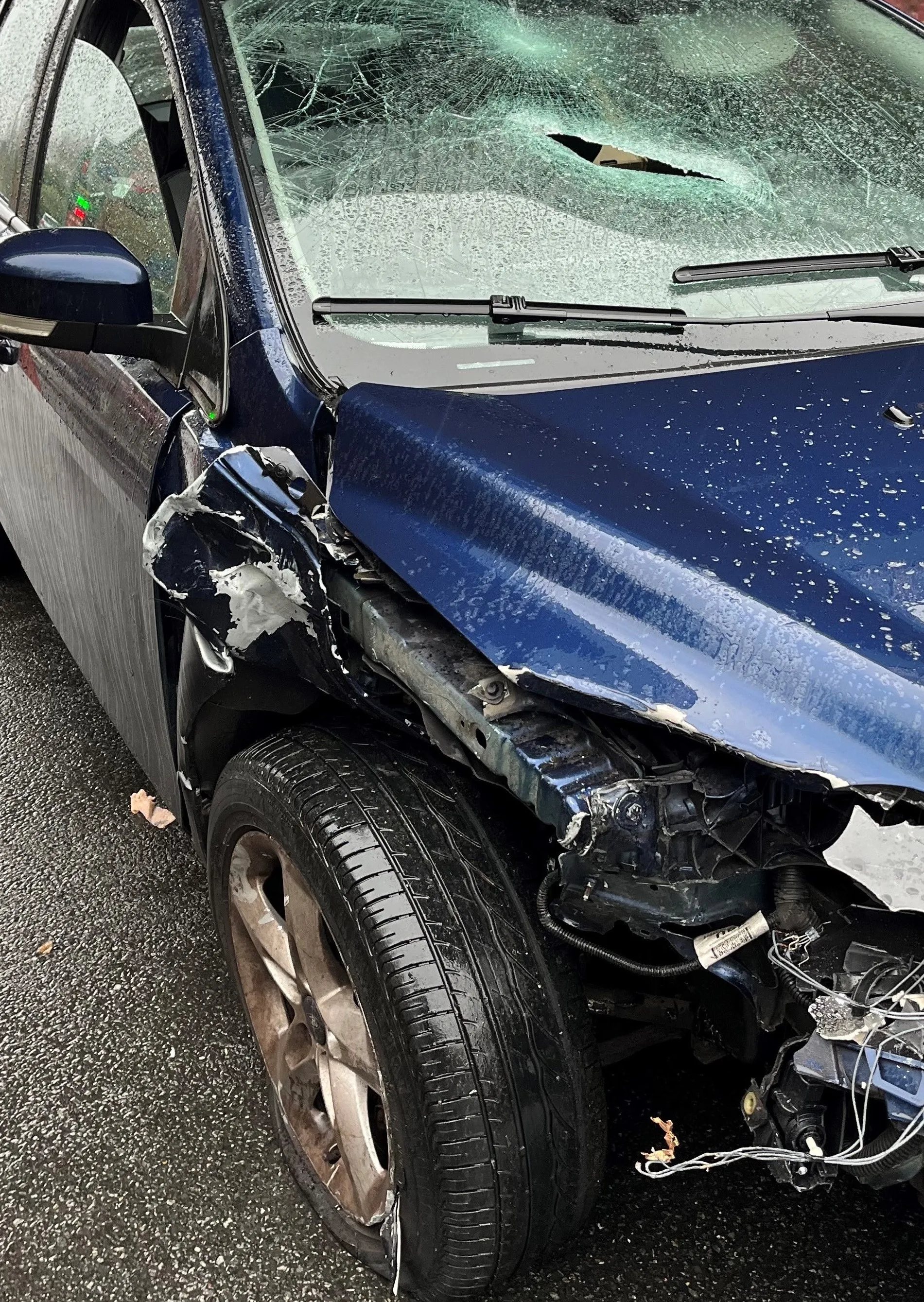
Lockdown measures in response to the Covid-19 pandemic have reduced vehicle traffic significantly across Europe. And with those lower traffic volumes have come a corresponding drop in vehicle crashes, serious injuries and fatalities.
A new report from the European Transport Safety Commission (ETSC) highlights the reduction in road deaths in Europe during the month of April 2020, by which time most countries were in lockdown.
Out of 25 EU countries for which data is available, 18 saw a decrease in the number of road deaths in April 2020 compared to the month of April in the previous three years.
In April 2020, 910 people lost their lives in road collisions in the EU25, compared to 1,415 on average during the reference period: 505 deaths were prevented. A reduction in road deaths of 36% is unprecedented. By comparison, road deaths in the EU declined by just 3% between 2018 and 2019, and by 24% over the decade 2010-2019.
When business returns to normal, those numbers could creep back up again. ETSC is making the case for measures to be taken to ensure a safe and sustainable path out of the crisis.
The highest reduction in road deaths (84%) was recorded in Italy, followed by Belgium, Spain, France and Greece with over 59% decrease. Even though traffic volumes were reduced in Sweden, Denmark and the Netherlands, road deaths during the month of April remained similar or were even higher than in previous years. Notably, Sweden had less strict Covid-19 containment measures compared to many other EU countries.
https://etsc.eu/pin-briefing-the-impact-of-covid-19-lockdowns-on-road-deaths-in-april-2020/







